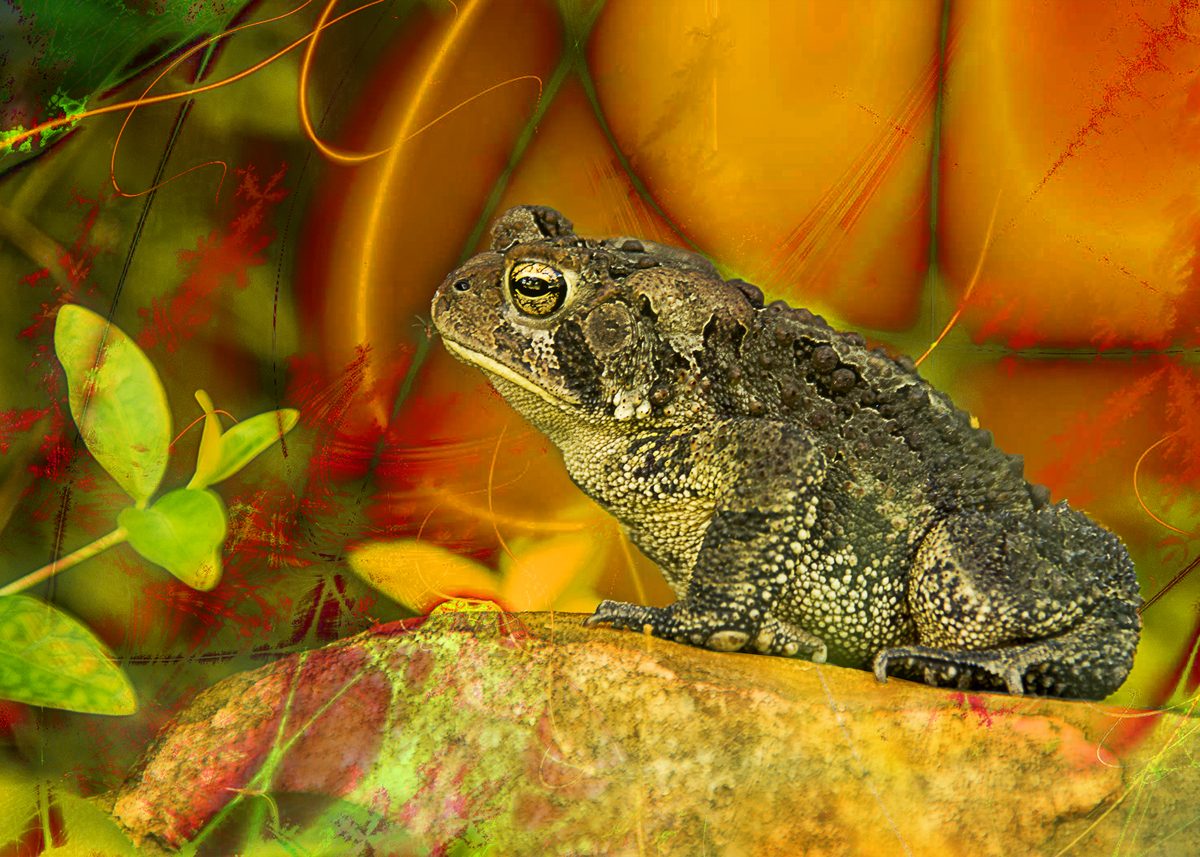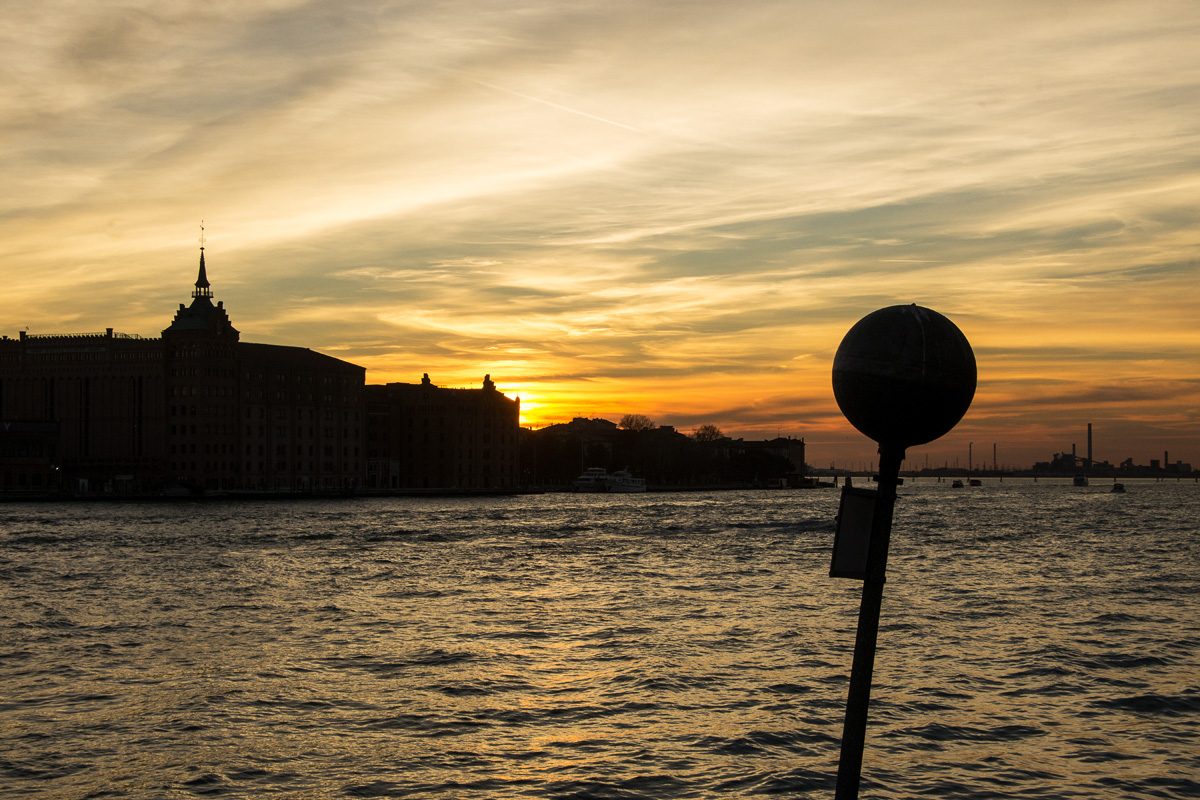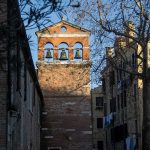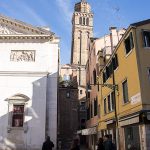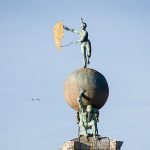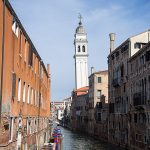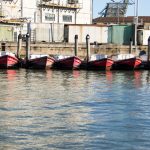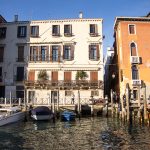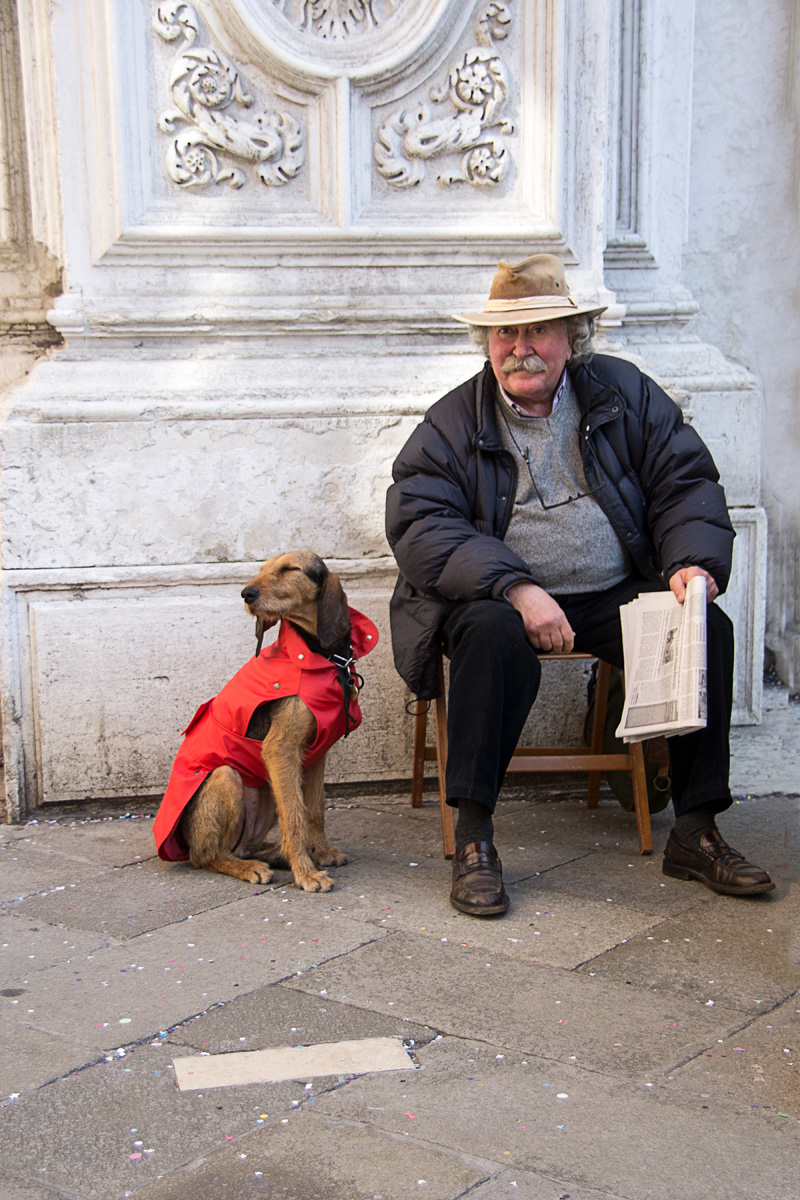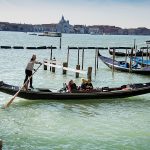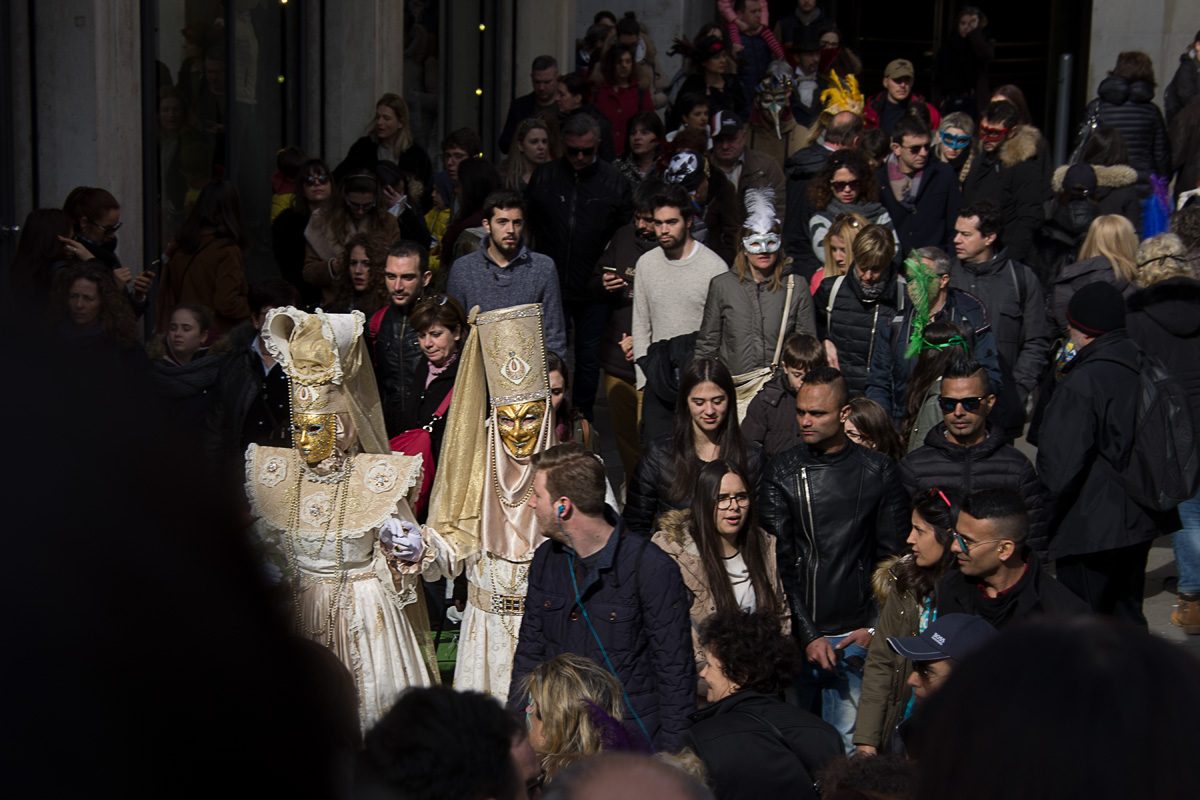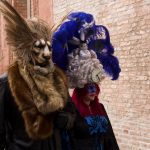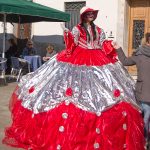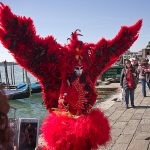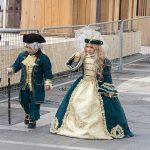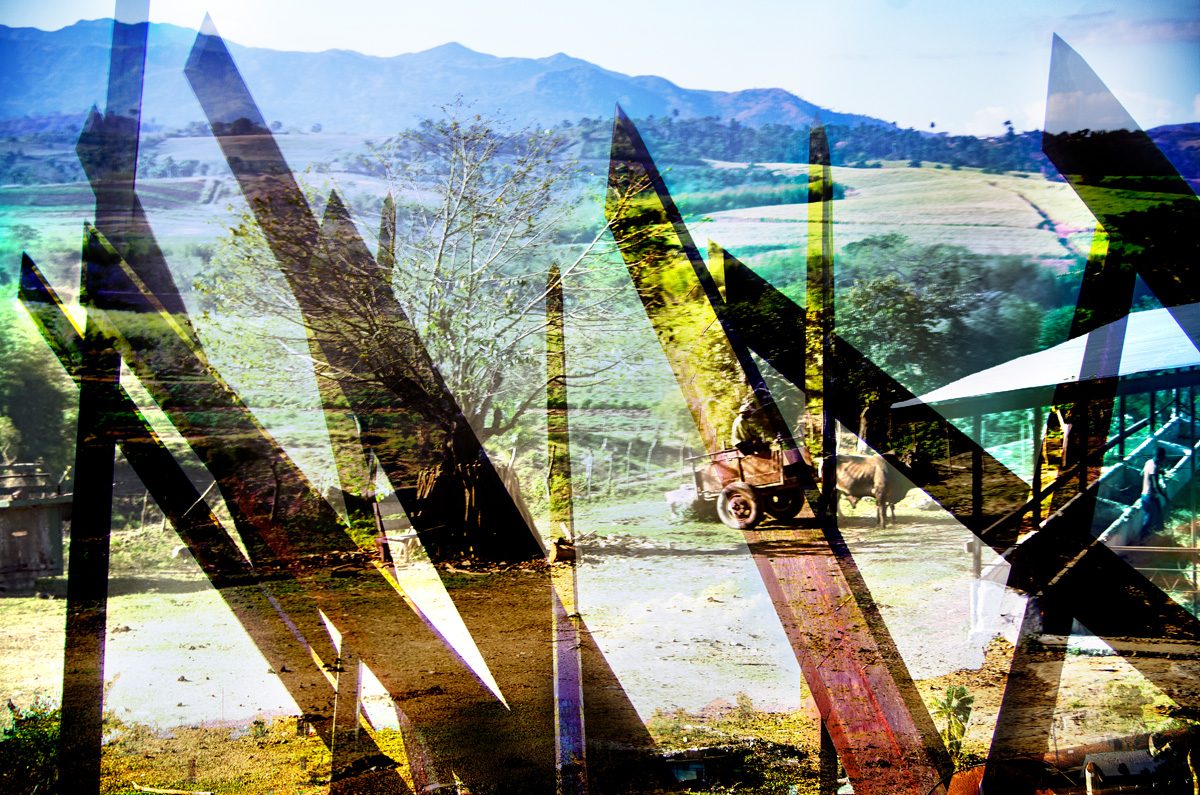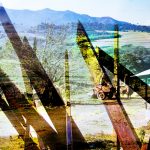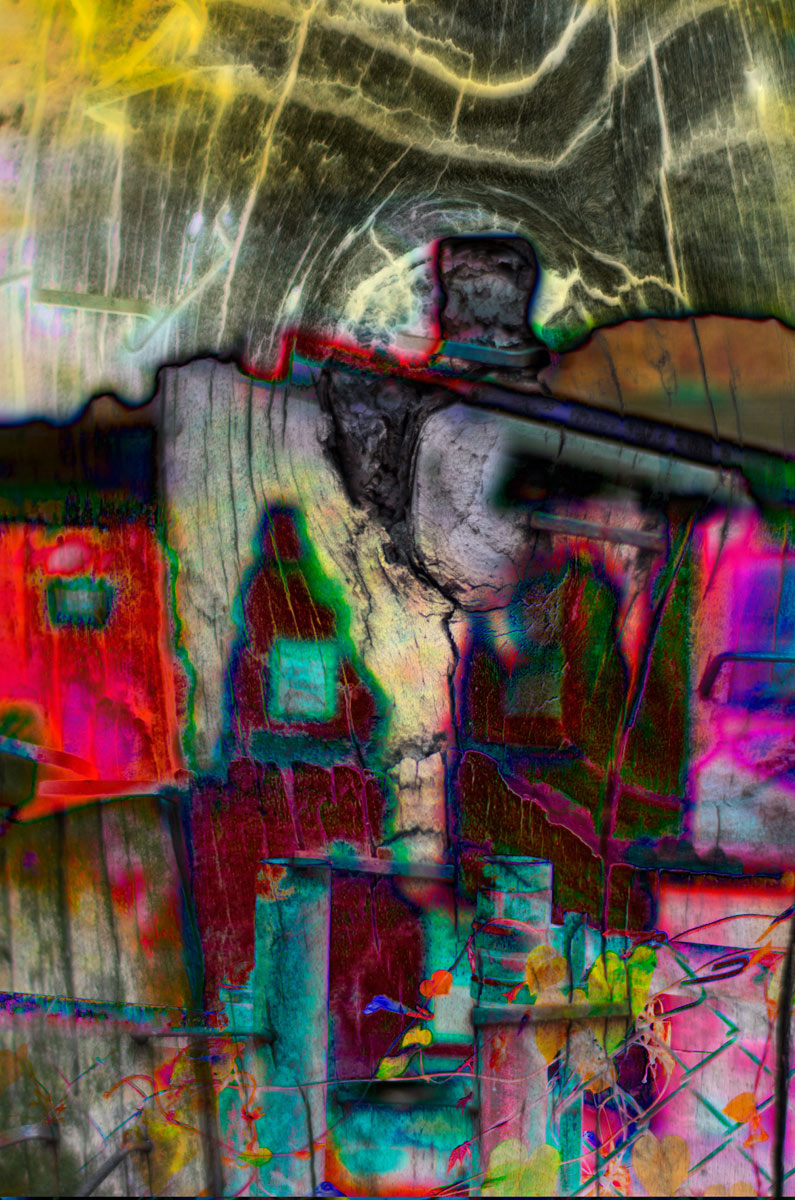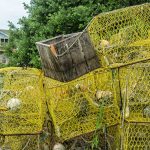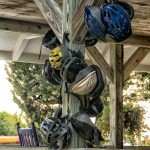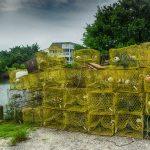Category: Uncategorized
No. 12. Colors of Venice
No. 11. Venician Candids
No. 10. Venetian Carnevale Costumes, No. 2
No. 8. March of the Ashes: Pictures and a Poem
These pictures and the following poem are on exhibit at Studio B in Boyertown, PA in the “Muse” exhibit. They are included in a book of literary works published in conjunction with of the show.
The March of the Ashes
By Jay Ressler
Wizened and nine decades wise
Student of Martí and Maceo
And of The Moor too;
Gabo’s* friend died
An old man’s death.
Gold Medal winner
Of an Olympic event never sanctioned
“Assassination Attempt Survivor,”
With 638 wins.
Tainted milkshakes and poisoned cigars;
Bomb plots and sniper shots;
Lover’s treachery and mobsters’ plots;
CIA-masterpieces from afar
Foiled every one,
He suffered without a scar.
Hundreds danced in glee
In the sinking city by the sea
When his passing
Made history.
But multitudes mourned,
Freedom Caravaners by the throng,
Streamed from Plain and Mountain abode,
To proclaim “I am He” in a song.
Large in life was he,
Orator for peasants and working women
And laboring men too,
Leader in battle — el commandante,
Though hated by barons and capitalist lords;
By wretched and oppressed
The Old Man was adored.
His emblazoned battle banner
“¡Si Se Puede!”
“Yes, we can! Yes, We Will!”
Heartened fighters at
Moncada and Alegria de Pio,
Sierra Maestra and Playa Giron,
In Angola and Cuito Caunavale,
In the war against illiteracy,
Also in the Special Period
That emerged from a bitter sea.
Likened to David challenging Goliath
For him Internationalism did prevail,
Troops to defend Angola
Doctors abroad wherever need bloomed,
(More than those of the WHO)
His strategic daring tipped the scale
Assuring Nelson’s freedom and Apartheid’s doom.
Revolutionary worker and peasant organizer
With Vladimir Illych he stormed the heavens
Without falling to Stalin’s vials of poison
The Old Man died an Old Man’s death
A spoiler of all the aggressions.
A reader and man of letters too
The Old Man scolded Gabo
That in the fictions he conjured
Real-world facts
Need be written true.
That is the story of how the commander-in-chief
Became the fact-checker-in-chief,
Even before a soldier’s fatigues he did quit
To sport a blue and white leisure outfit
In service of the man who imagined a century of solitude
A general’s labyrinth, and love when cholera throve.
Along the 500-mile march
Of the Old Man’s ashes
Thousands showed their homage
And millions made a pledge.
The procession’s final halt
Crowded under the shadow
Of the Titan of Bronze—
Martyr of Punta Brava to exalt.
Beside a thousand raised machetes
His brother, The President, made clear
The terms of the Will of the Bearded One:
There would be no statue or public place
On which the Old Man’s name or frame would appear.
The lone monument would be
The will and pledge of the fighting people
To defend their sovereignty
And integrity against arrogant hostility,
Multiplied by imperialist voracity,
By Leviathan of the North.
The Old Man’s ashes were fated
For a grotto quite small
Near the Mausoleum for Martí
In a crowded veterans’ stall
Bearing only his Christian name
On a humble cement wall.
Before the cremated remains
Of Gabo’s friend received their final rest
Maceo’s vow and warning were summoned,
“Whoever attempts to conquer Cuba
will gain nothing but the dust of her blood-soaked soil
— if they do not perish in the struggle!”
‘Tis the honor the Old Man’s life possessed.
*Gabriel Garcia Marquez
No. 48. Interview at Studio B
No. 44. King’s Wand After the Fall
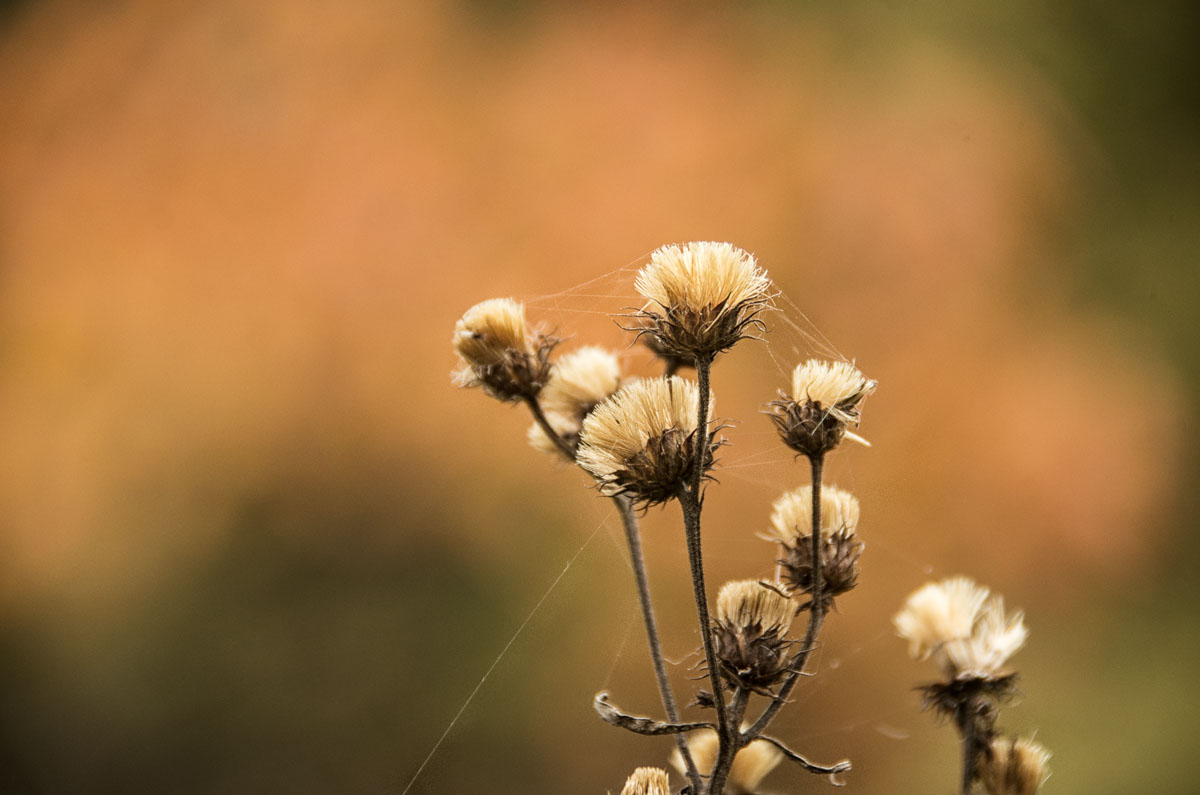
Mike Slater, a regular nature columnist in the Reading Eagle’s Berks County supplement recently wrote this column about one of my favorite meadow plants, Ironweed. He proposed changing its name.
Outside: Ironweed is a beautiful plant with an ugly name
Wednesday October 19, 2016 12:01 AM
Let’s get rid of the word “weed” in native plant names. Since every plant species is native and belongs somewhere, no plant is intrinsically a weed, despite what our ancestors who named them thought. Most plants can get weedy where their needs are perfectly met.
Weeds are just plants growing where we don’t want them to grow. We can learn to live with them or we can fight them.
Take ironweed, one of my favorite fall blooming meadow plants. This beautiful wildflower is attractive to butterflies and bees and deserves a better name. The iron part is OK, as it has tough stems and roots, but to me it isn’t a weed.
We have three species native to Pennsylvania, and all look similar. Most common is New York ironweed (Vernonia noveboracensis), which is found in moist meadows and fields throughout the southern tier of the state. It can grow to a height of 6 feet.
Tawny ironweed (Vernonia glauca) likes drier fields and is found only in the very southeastern corner of the state near Philadelphia. It is a little shorter, growing to 5 feet tall.
Tall ironweed (Vernonia gigantea) is common in western Pennsylvania. This one likes moist soils and can grow up to 10 feet tall. Its Latin name, gigantea, fits it very well. They all have beautiful heads of deep-purple, fuzzy flowers that are quite showy, even though they lack the petallike flowers that their cousins the asters and sunflowers have.
We could rename these gorgeous plants by eliminating “weed” from the name and call them “iron stem” or “iron root.” However, my preference would be to name them for the flower’s color, such as “purple rod” or “king’s wand,” since purple is a royal color. Does anyone have other suggestions? I’m sure you all can come up with something better.
My wife and I like to grow ironweeds in our meadow garden, but they are a little big for some people’s small gardens. Fortunately, if you cut them back by half in early summer, say about July 4, they will stay shorter than normal and bloom more vigorously.
If you want a very short version of these great purple flowers, the dwarf form of the Ozark ironweed (Vernonia lettermanii), called “iron butterfly,” is very nice. It grows to one to 2 feet and has nice purple flowers that are equally attractive to butterflies.
My friends Mark Priebe and Karin Wulkowicz gave us several of these little plants this last year, and they did very well attracting butterflies in September, even without any extra water during the drought.
I guess my threshold for what plants qualify as weeds is lower than most peoples’. I like the common definition of a weed as “a plant that’s growing where it isn’t wanted.” Additionally, the weediest plants are non-native invasive species that don’t belong in our woods and fields at all.
At the other end of the spectrum are people who consider any plant they didn’t plant a weed. Unfortunately, power mowers and weed trimmers make it all to easy to chop down plants like ironweed without considering their beauty and utility for supporting populations of pollinating insects. Since I love nature’s bouquets, to me ironweeds are definitely wanted. The pollinators they attract make them indispensable in our garden, and purple is my favorite color too.
Mike Slater is president of the Baird Ornithological Club and a member of the Mengel Natural History Society of Berks County and the Muhlenberg Botanic Society of Lancaster. He lives in Brecknock Township. Reach him at paplantings@gmail.com.
No. 38. Hooked Up
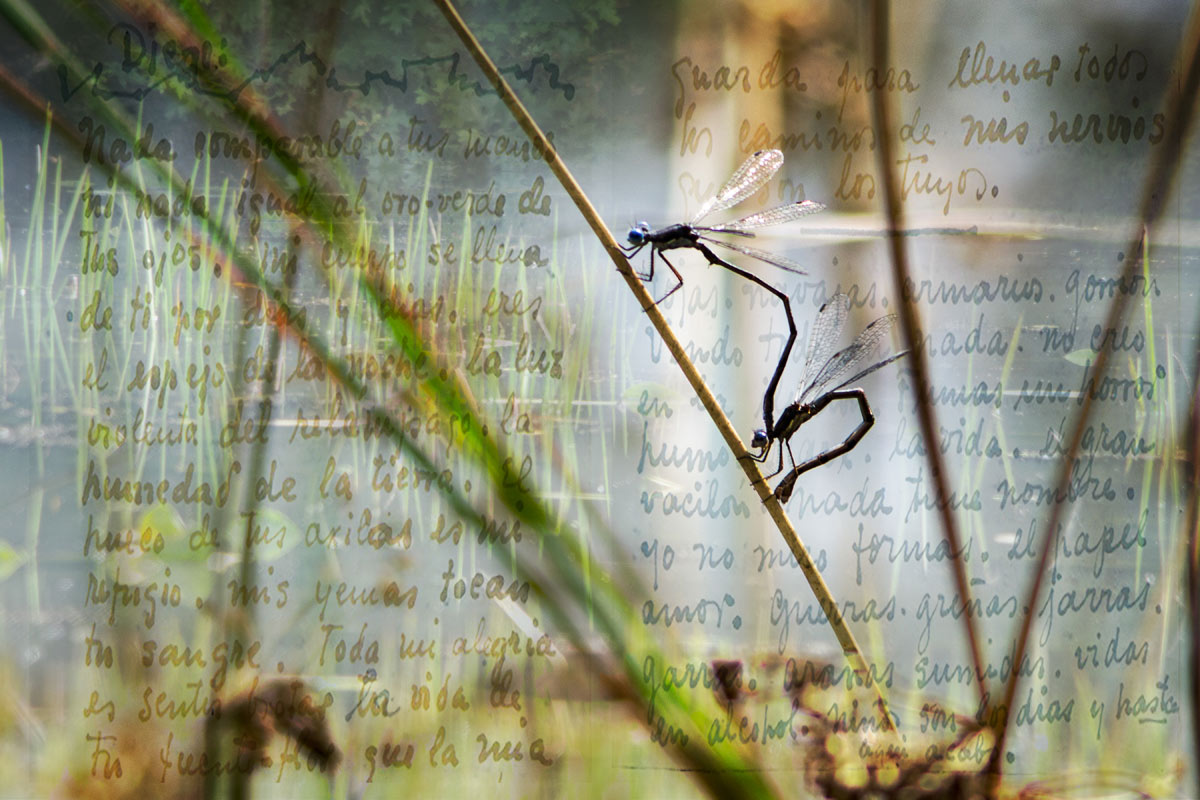
Damsel Flies mating. In the background love letter by Frida Kahlo to Diego Rivera in the background.
No. 36. City Heat
I recently discovered this picture I made in 2013 in my files. I’d lost track of it, but came across it while looking for pictures to use in a new line of “wax infused” pictures I’ve been showing at art fairs this fall. It’s been one of the more popular pictures at my booth, both as a mini wax infused and as a regular photographic print.
No. 30. Bicycles, Crab Traps & Umbrellas
From Ocracoke, NC
